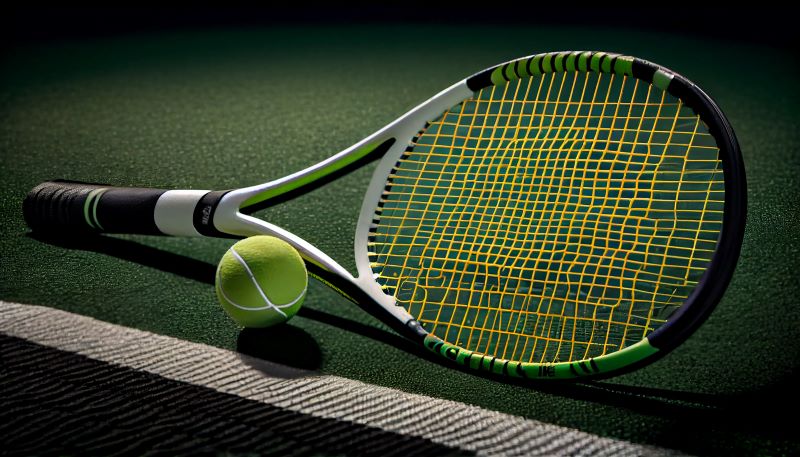Are you curious about how tennis fashion has evolved throughout the decades? It’s fascinating to see how trends in the sport have influenced what players wear on the court. Let’s take a trip down memory lane and explore the transformation of tennis fashion from its early days to the present.
The Early Days of Tennis Fashion
In the early 20th century, tennis players wore long-sleeved button-up shirts and ankle-length skirts or trousers. The clothing was designed more for functionality than style, with heavy fabrics that were restrictive and uncomfortable to play in. Women were expected to wear corsets under their outfits, which further hindered their movement on the court.

The Rise of Athleticism in Tennis
As tennis became more popular in the mid-20th century, players started to prioritize performance on the court. Shorter skirts and shorts became more common, allowing for greater mobility during matches. Materials like cotton and synthetic fabrics were introduced, which were lighter and more breathable than traditional tennis attire.
The Influence of Tennis Icons
Tennis legends like Andre Agassi and Serena Williams have had a significant impact on tennis fashion. Agassi’s bold and colorful outfits in the 1990s challenged the traditional all-white dress code of Wimbledon, paving the way for more expressive styles on the court. Williams, known for her powerful game and fashion-forward style, has collaborated with top designers to create unique and eye-catching outfits that blend athleticism and high fashion.
Modern Trends in Tennis Fashion
Today, tennis fashion is a blend of performance-enhancing technology and cutting-edge design. Players wear outfits that wick away sweat, provide UV protection, and allow for full range of motion. Brands like Nike, Adidas, and Lacoste are at the forefront of creating stylish and functional tennis apparel that appeals to both athletes and fashion enthusiasts.
Gender Equality in Tennis Fashion
One of the most significant shifts in tennis fashion has been the move towards gender-neutral designs. Many players, regardless of gender, now wear similar styles on the court, such as shorts, skirts, and polo shirts. This shift reflects the broader push for gender equality in sports and society as a whole.
Conclusion

In conclusion, tennis fashion has come a long way from its humble beginnings. What players wear on the court is not just about function but also a statement of personal style and expression. As the sport continues to evolve, we can expect to see even more innovation and creativity in tennis fashion in the years to come.
